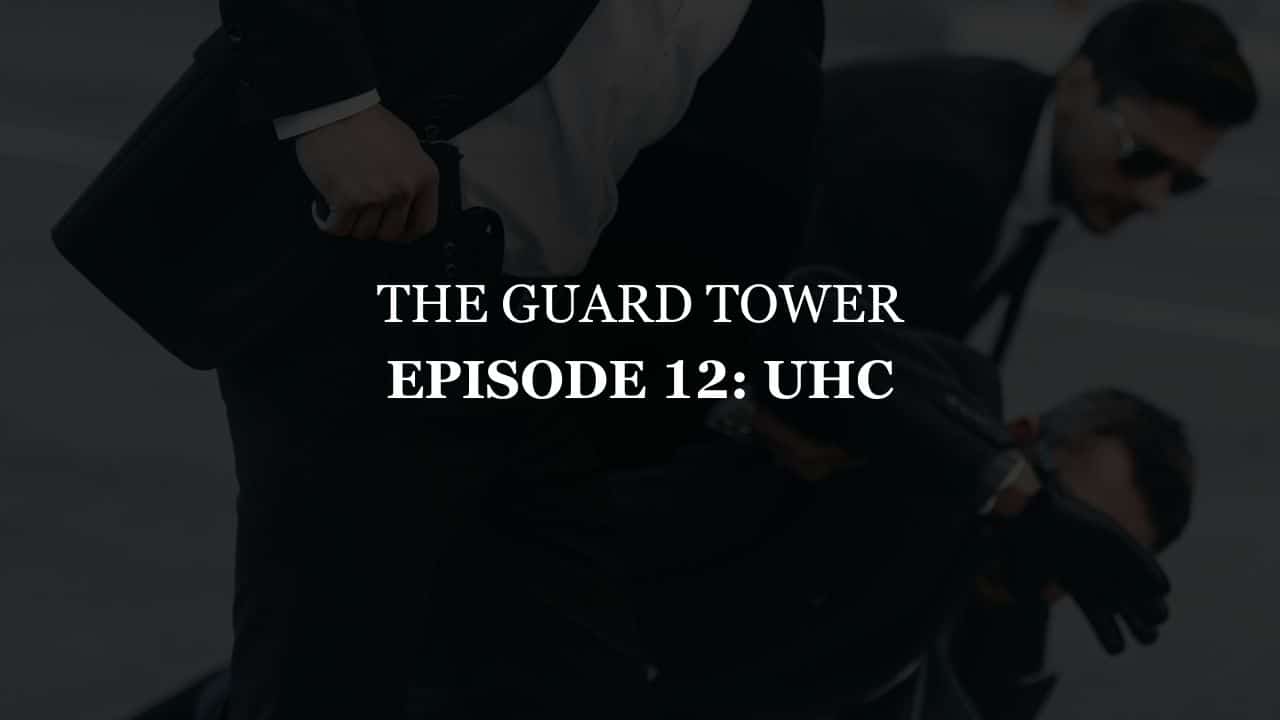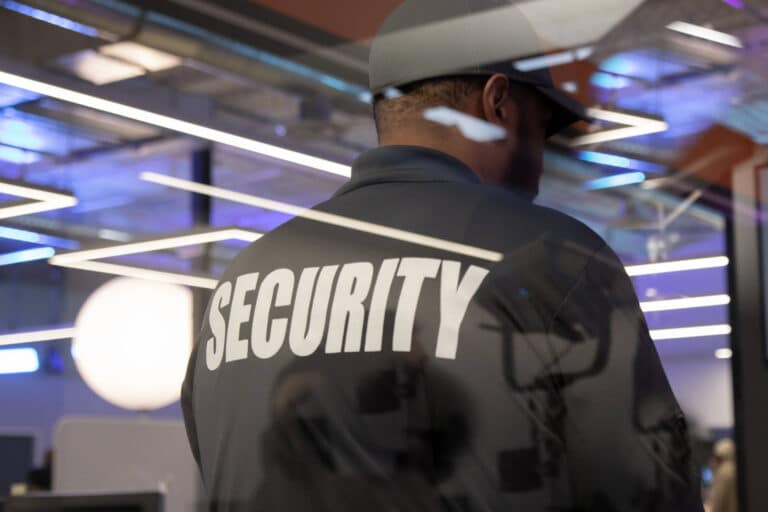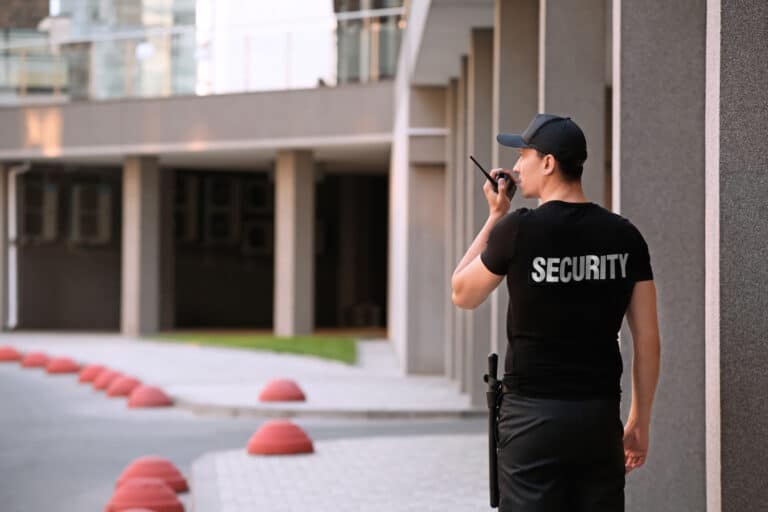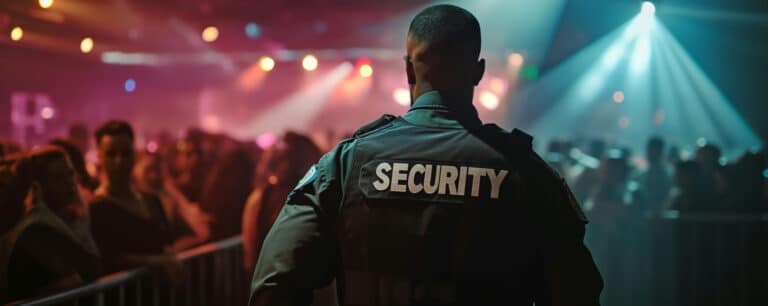Executive Protection and the Brian Thompson Case
- The discussion revolves around executive protection, specifically the case of CEO Brian Thompson being shot, and the various conspiracy theories surrounding it 01:20.
- The ease with which the perpetrator was caught, despite initial expectations that he would be difficult to find, is surprising 02:00.
CEO Attitudes Towards Executive Protection
- Some CEOs reject executive protection due to concerns about privacy and not wanting to be constantly surrounded by people 04:30.
Executive Protection vs. Physical Security
- There is a difference between executive protection and physical security, with executive protection focusing on protecting high-profile individuals and physical security focusing on securing locations 05:49.
Logistics and Protocols of Executive Protection
- The logistics of having an armed executive protection team can be complex, with varying gun laws across different states 06:40.
- Protocols for executive protection vary, with some departments having specific units for handling threats against judges and other high-profile individuals 09:59.
Training and Mindset for Executive Protection
- Executive protection requires specialized training and experience, and it’s not just about being a former military or law enforcement officer 11:08
- The mindset for executive protection is different from military or law enforcement, where the goal is to protect the client at all costs, even if it means putting oneself in harm’s way 11:31
Practical Aspects of Executive Protection
- Wearing body armor can provide some peace of mind, but it’s not a guarantee of safety, and executive protection agents need to be aware of their surroundings and the potential risks 13:53
- Blending in with the crowd is often a key part of executive protection, rather than drawing attention to oneself with visible security measures 14:25
- The goal of executive protection is to be prepared for any situation, but also to be discreet and not draw attention to the client or the security team 15:19
Factors Contributing to Assassinations
- In the case of an assassination, it’s often a combination of factors that leads to the incident, including a lack of surveillance and a failure to take credible threats seriously 19:30
Effectiveness of Executive Protection
- Executive protection and physical security are two different concepts with distinct job functions, requiring a team to assess and respond to legitimate threats 21:32.
- The effectiveness of executive protection depends on factors such as the number of agents, their training, and the individual’s awareness of potential threats 21:51.
- Even with executive protection, a determined individual can still cause damage, and the agent’s reaction time is crucial in such situations 23:31.
Personal Experience and Vigilance
- A personal experience at a park highlighted the importance of being vigilant and prepared for potential threats, even in seemingly safe environments 26:10.
Corporate Challenges in Executive Protection
- Corporations are struggling to find effective executive protection solutions, with many business owners unsure of what they want or need in terms of protection 28:49.
- Not all CEOs have executive protection, and the decision to hire a protection team depends on various factors, including the level of threat and personal preference 29:30.
Airport Security Concerns
- Contract security companies at airports may not prioritize security due to a lack of awareness and a mindset that security breaches won’t happen to them 31:34.
Information Overload and Desensitization
- The constant flow of information, often exaggerated or twisted, can desensitize people to important issues, making them feel strongly about something one day and then feeling normal about it a few days later 32:10.
- This desensitization can lead to a “constant flip over process” of forgetting about past events, and it’s essential to take time to reflect on issues to see them clearly 33:10.





